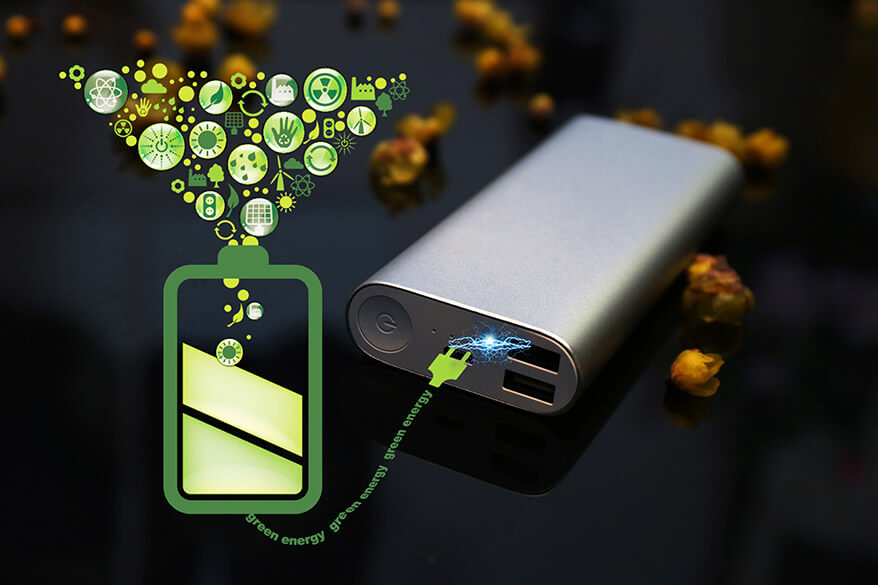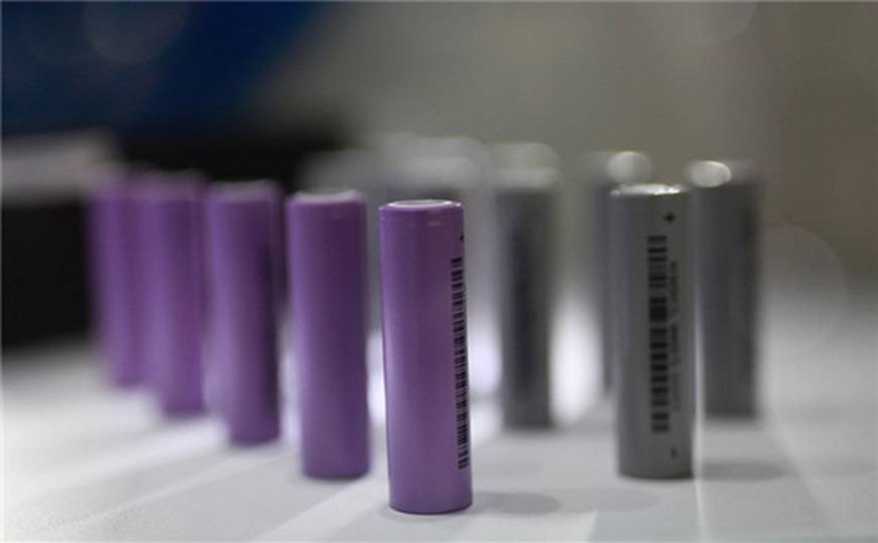How long Do Lithium Batteries Last?
May 06, 2019 Pageview:1477
Lithium batteries are used in smartphones, tablets, and computers among other devices. The cause for the great fame of lithium-ion batteries is their high energy thickness and their voltage, up to four volts. large power offers plenty of choices in quality lithium-ion batteries, for the right kind of application, such as robotic, military, medical and more.
Part 1: Lithium Battery Shelf Life Definition:
The useful life of a lithium battery is approximately 3 years. This is an ideal storage condition, that is, if we charge the battery until it reaches 40% of its load, we disconnect it and store it, it will hardly lose any of its capacity (1% per year), and it will not deteriorate.
This rule can also be applied to the batteries of the phones, but not directly because the useful life of the battery is 3 years, but because the average load cycles are between 900 and 1000 cycles for medium quality batteries (the good ones can reach 1500 while the bad ones will not exceed 300 cycles).
This means that every time we charge the battery completely it degrades, until around 1000 charges the loss of capacity or storage of charge becomes evident.
Why Does The Battery Deteriorate Suddenly?
This is not entirely true since this is not the case; the Li-ion battery is losing its capacity with time and the way it is used. In another article, we talked about how to increase the useful life of your Li-ion batteries, but you can explain why at 3 years you notice the sudden loss of capacity.
In most cases, we do not notice it, because we are adapting and changing our habits as the battery capacity is lost. This means that without realizing it we connect the terminal or look for a charger more often, or perhaps we vary the usage habits of our device and use applications that have lower consumption of hardware and therefore less battery.
Heat Is The Biggest Enemy Of The Battery:
With the above, you must be clear that temperature is an important factor for the duration of the battery. The heat helps the battery capacity to decrease and consume faster than by keeping it at a low temperature.
In this sense, the fast charge can create controversy since when charging with a higher voltage and amperage the battery will warm up more when charging. However, this technology was not designed to charge the battery fully. But to quickly and have it in your hands again, so a charge of 15 or 20 minutes will not cause much damage. Of course, this does not mean you should leave it under the pillow when it's loaded!
Part 2: Lithium-Ion Battery Charging Best Practices:
The tips on the care of a lithium battery are like the recipes of gazpacho: each one has its own, and it is sporadic that two methods coincide. Urban legends and rumors proliferate, and it is complicated to know which practices to make a lithium battery last longer are valid and which are pure invention.
So much so, that even in the pages of the manufacturers themselves it is easy to find contradictions.
In Bike & Roll, we have proposed to write some reliable advice, and for that, we have come, first to our own experience, and then, to the few sources that really contribute data. What you will find here is valid for all lithium batteries, bicycles, mobile phones or laptops, although the specific values may vary depending on the type of lithium battery.
The Definitive Guide To Take Care Of Your Lithium Battery:
A lithium battery works thanks to the movement of ions between the positive and negative electrodes. In theory, this mechanism should work indefinitely, but the load cycles, the high temperature, the periods of storage and the general aging of the components, are subtracting performance from the process over time.
How And When To Charge (And Download) A Lithium Battery:
The manufacturers specify with the data of the charge/discharge cycles -normally between 300 and 500-, the probable life of their batteries. However, it is information that says very little, first, because it is still necessary to define precisely what a loading/unloading cycle is, and secondly, because many other factors intervene.
Part 3: Lithium-Ion Battery Charging Tips:
These are the tips to extend the life of your lithium ion battery life:
1. Short Loads: Contrary to what may seem, one of the best ways to ensure the autonomy of a smartphone is to make short loads, even a few minutes. It will not damage the battery, and it will not stress it either.
2. Forget About The Full Download: Letting our phone consume its battery until it shuts down is not good. It is a custom inherited from the old nickel batteries.
3. The Perfect Level Of Loading: Ideally, as with laptops, it is to keep the battery between 40% and 80% of its charge. Nor does anything happen if the energy is completely exhausted from time to time or it is charged 100%, but better not to turn it into the usual.
4. All Night Loading? It Is Very Normal: We leave our smartphone connected all night to ensure a 100% battery in the morning. However, continued high voltage and increased temperature stress the battery and reduce its life, so it should be avoided.
5. Reduce The Brightness Of The Screen: You will achieve maximum squeeze the battery of your mobile if you reduce the brightness of the screen. In fact, the difference in the autonomy of an iPhone with maximum brightness and minimum brightness is several hours. You can use a native Android or iOS function to adjust the brightness automatically, and even dark wallpapers will make a difference. And as for your laptop, reducing the brightness also helps a lot to increase the life of your battery.
More and more mobile devices and laptops incorporate warning signals (on screen, using LEDs, etc.) to let us know when we should consider charging the device and unplugging it from the mains.
- Prev Article: Li-Ion Vs. Li-Polymer Which Is Best?
- Next Article: Analysis Of Lithium Battery Fire Risk
Leave Message
Hottest Categories
-
Hottest Industry News
-
Latest Industry News












